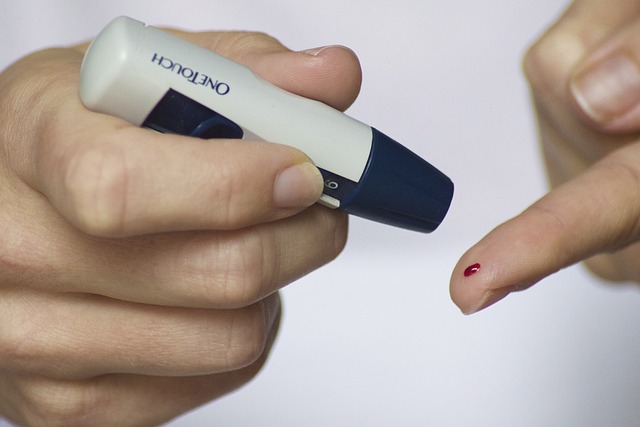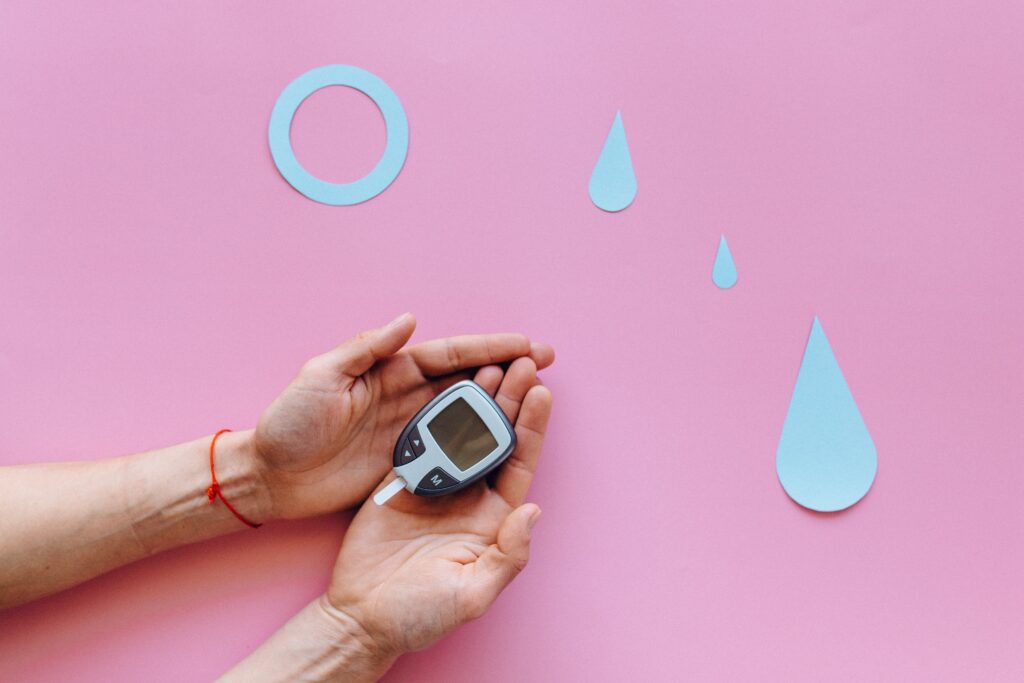Google “Glucose Goddess hacks” and you’re probably already an Instagram fan of Jessie Inchauspé.
With one straightforward formula—sharing graphs illustrating her blood glucose increases following various meals—the French biochemist has steadily but progressively developed a cult-like following on social media.
Large, frequent blood sugar spikes are not good for your health, even though they are normal and occur as glucose builds up in your system.
Why? Well, they can cause short-term symptoms including weariness, sugar cravings, and trouble maintaining a constant weight. In the long run, you can develop chronic inflammation, which is one of the main risk factors for conditions like type 2 diabetes, heart disease, stroke, and liver disease.
Consider a bowl of spaghetti. According to her studies, if you consume it by itself, you should anticipate experiencing a significant glucose surge after eating. However, if you eat a salad first, your body will digest the fibre before the carbohydrates, which will help your body handle the carbs more efficiently and without experiencing such a large glucose increase.
While some of us can handle blood sugar rises better than others, they will mostly affect people with diabetes or polycystic ovarian syndrome as well as those who eat a diet high in processed foods.
Although blood spikes have been examined in humans since the early 2000s, including this 2002 study, the concept is not new, nor are Jessie’s well-known hacks that she shares with her fans. They’re simple, doable, and realistic—you won’t find any diet fads here that require you to give up items you enjoy.
Are you eager to peruse Inchauspé’s best tips for regulating your blood sugar levels? You’re in the proper location. While you’re here, check out my own story of going on an inflammatory diet—that is, using the biochemist’s tricks for six months—as well as our guides to foods that will give you more energy, nutritious breakfast options, and mood-boosting foods.
Diabetes goddess tricks: 5 easy steps to happier, more energetic, and more

Unlike previous restrictive diets that advocated for avoiding specific food groups or cutting out beloved drinks, Inchauspé’s techniques claim to improve your health without drastically altering your diet.
A lot of emphasis is placed on moving after meals, eating or drinking in a different order, and incorporating vinegar into drinks, stews, and salad dressings.
EAT A DELICIOUS BREAKFAST
The expert clarifies that this is not negotiable. “Making sure you have a savoury breakfast – one that is based around protein and doesn’t contain anything sweet in it except whole fruit – is key,” she says. Here, you might find our recommendations for the finest protein powders and how much protein you should consume useful.
Why? According to her, eating a savoury breakfast will stabilise your blood sugar levels throughout the day and significantly lessen cravings.
She continues, “In addition, if you typically have breakfast, don’t quit eating it to “reserve yourself” for larger meals. It’s a surefire way to end up overindulging later on from starvation. We assure you of this.
Within a few weeks, you should experience more constant energy levels and a more satiated feeling, though it may take some getting used to. I promise you that after eating savoury breakfasts for the most of the year, I feel like a completely different person. When I’m in the mood for something a little sweeter without the crash, I usually reach for a Greek yoghurt bowl with flaxseed, chia, blueberries, and nut butter. Otherwise, I usually make a veggie-packed omelette with scrambled eggs, avocado, spinach, and black olives.
With a savoury breakfast, are you unsure of where to begin? Try this out:
omelette with two eggs, tomatoes, and feta
Cream cheese and cured salmon on toast
Toast with mushrooms
Shakshuka
Wholefruit, seeds, nut butter, and flavourless Greek yoghurt.
pudding with chia seeds.
INCLUDE A SLIGHT VINEGAR
Observed? Studies reveal that consuming vinegar prior to a meal can reduce the subsequent glucose increase by as much as 30% – all without requiring any adjustments to the next meal.
She says you can have greater energy, less cravings, and a lesser glucose surge with only one spoonful of vinegar. “Vinegar is a powerful substance that acts on the body in two ways: first, it slows down the speed at which starches get broken down into glucose molecules as we digest them, and second, it tells our muscles to soak up extra glucose as it arrives in our bloodstream,” says the researcher.

Inchauspé’s favourite way to drink vinegar is to make this cocktail, which is steady on glucose:
In a large glass of water, add one tablespoon of vinegar (any sort will do, but avoid balsamic since it has added sugar).
If you’d like, try mixing with ice cubes, sparkling water, or a squeeze of lemon.
Ten minutes or so before a large meal, drink it.
Once more, I’ve been incorporating apple cider vinegar into my morning ritual and have been doing so for the better part of this year.
USE A VEGETABLE STARTER
To put it another way, consume your veggies first during the meal or nibble on some raw vegetables before.
Why? She explains that this is because veggies include a strong component called fibre that can help with digestion. “When you eat it at the beginning of a meal, the fibre has time to deploy itself in your digestive tracts and create a protective mesh in our upper intestine,” she explains. “This mesh then reduces the absorption of any glucose molecules coming down during the rest of the meal, again meaning that you get to eat the exact same meal as before, but with less of an impact on your glucose and on your body.”
Her favourite foods include roasted cauliflower, cucumbers with hummus, and fresh spinach salad with miso dressing. The best advice is to have 30% of your meal consist of your vegetable starting. Have fun.
GO ACTIVE
Have you ever gone into a food coma before? You know, that feeling of being full and drowsy after overindulging in food? You should use this hack, says Inchauspé.
Walking for even ten minutes after eating is an easy method to reduce blood glucose rises. “90 minutes after the end of a meal, get up and use your muscles for ten minutes,” she suggests. “I like to recruit a friend and go for a brisk walk outside, but you can also clean up the table, do the dishes, or organise a little dance party to your favourite songs in the living room.”
How then does it operate? “As you use your muscles, they will soak up the excess glucose in your bloodstream, in turn reducing the glucose spike of the meal you just had,” she says. “This prevents fatigue and helps your body manage the impact of the sugar you might have eaten.”
PUT ON COFFEE AFTER MEAL
Many choose to wake up in the morning with a cup of coffee, but according to the same reasoning, caffeine raises blood sugar levels when taken before meals.
Try this: Get your caffeine dose after breakfast rather than consuming it on an empty stomach.
GLUCOSE GODDESS: WHY DID SHE INITIATE HER RESEARCH?
When Jessie was 19 years old, she fractured her back. Following extensive physical treatment, she began to experience mental health problems. She says, “I felt lost and alone and confused about how to fix myself,” in an interview with MC UK.
“I studied biochemistry trying to find the answers, but nothing helped until I came across glucose science,” she says. “I discovered by wearing a glucose monitor that glucose spikes coincided with my poor bouts of mental health, so I set out to figure out simple, manageable ways to steady my glucose levels.”
“It helped me to see the end of the tunnel after almost a decade of depression and anxiety,” she says.


